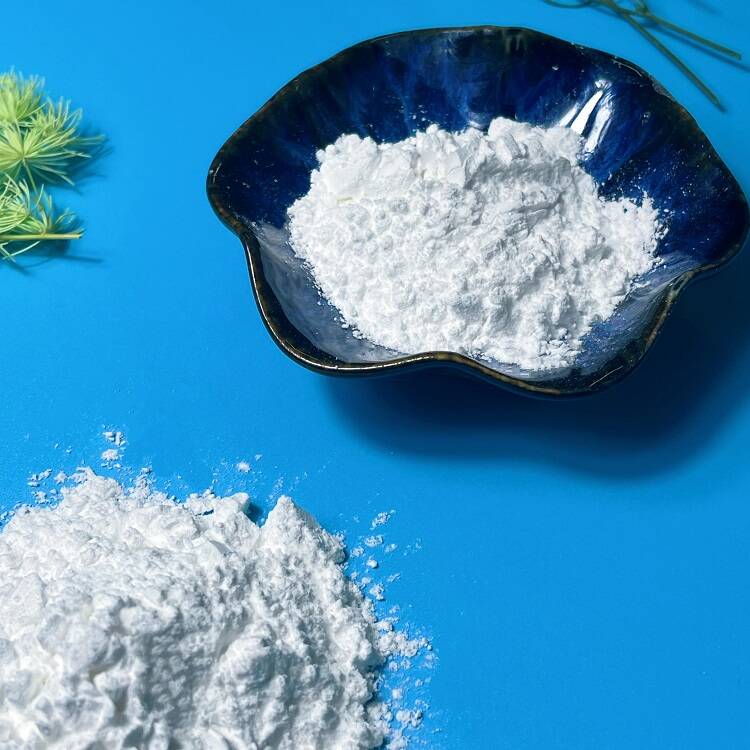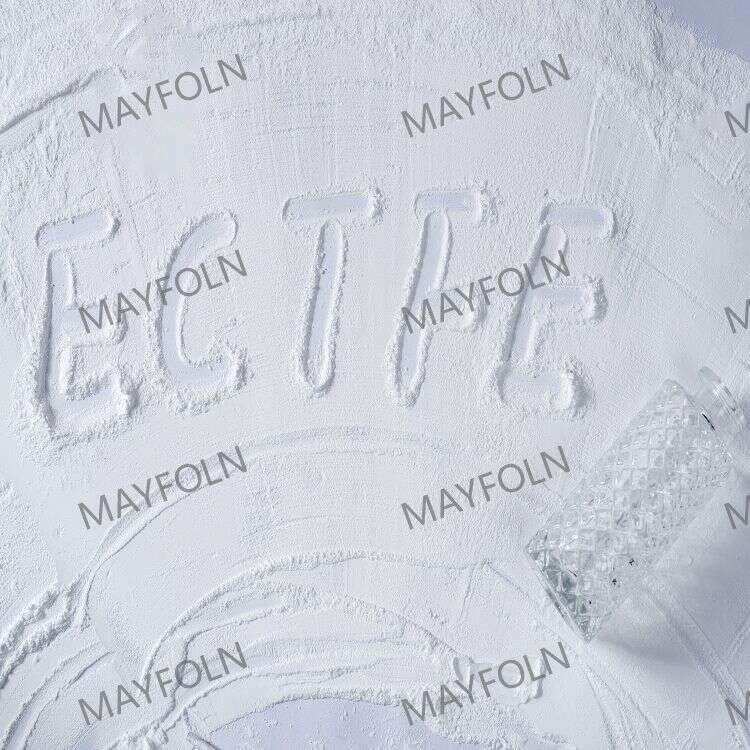-
Categories
-
Pharmaceutical Intermediates
-
Active Pharmaceutical Ingredients
-
Food Additives
- Industrial Coatings
- Agrochemicals
- Dyes and Pigments
- Surfactant
- Flavors and Fragrances
- Chemical Reagents
- Catalyst and Auxiliary
- Natural Products
- Inorganic Chemistry
-
Organic Chemistry
-
Biochemical Engineering
- Analytical Chemistry
-
Cosmetic Ingredient
- Water Treatment Chemical
-
Pharmaceutical Intermediates
Promotion
ECHEMI Mall
Wholesale
Weekly Price
Exhibition
News
-
Trade Service
01 The role of solvents in coatings
The role of solvents in coatings is often not taken seriously, it is considered to be a volatile part, and finally always evaporated rather than left in the paint film, so the quality of the paint will not have a great impact. In fact, otherwise, the solubility and volatility of various solvents and other factors for the production, storage, construction and paint film gloss, adhesion, surface status and other aspects of performance have a great impact.
are generally mixed solvents, composed of three parts, namely true solvents, solvents and thinners
. Solvents such as esters and ketones can dissolve both nitrate cellulose and synthetic resins, such as acrylic resins, true solvents, aromatic hydrocarbons and chlorofluors are real solvents of synthetic resins, non-solvents (thinners) of nitrate fibers. Alcohols are solvents assisted by cellulose nitrate, non-solvents (thinners) of synthetic resins, but for synthetic resins containing high hydroxyl, carboxyl and other polar groups, alcohols are true solvents. Fatty hydrocarbons (petroleum solvents) do not dissolve ordinary acrylic resins (polymers with long carbon chains except side-chain alkyl).
02 Solvent volatility
solvent is volatile liquid, fiber nitrate paint, acrylic paint drying is solvent volatility to complete, so the rate of solvent volatility on the appearance and quality of the paint film have a great impact. In the construction process first came into contact with the problem of drying fast and slow, which and solvent volatilization speed is directly higher than when construction often hope that the paint film dry faster, but drying too fast will affect the paint film leveling, gloss and other indicators;
03 Composition of mixed solvents
the composition of coatings can be divided into volatile and non-volatile parts (i.e., film-forming substances) two parts. True solvents, solvents and thinners are included in the volatiles. The composition of the volatile parts should be adjusted according to the principles of coating viscosity, solvent volatility and solvent balance.
3.1 viscosity of the coating
the variety, size and quantity of non-volatile parts affect the viscosity of the paint, while the formulation of the volatile part also has an effect on the viscosity. Solvent solubility is strong, the viscosity of the solution is low, the solubility is poor, and the viscosity of the solution is high. In addition, the amount of diluent on viscosity also has an impact, multi-use diluent can reduce costs, but when the amount is high to a certain limit, the viscosity of the solution will increase sharply, indicating that the solubility of the mixed solvent although not yet reached the dilution ratio, but the solubility has been significantly reduced. Therefore, the amount of diluent addition has a certain limit, in the treatment of formulation to reduce costs to add diluent, but its maximum dosage should not be up to the extent that causes the viscosity to increase. The amount of solvent help also has an effect on viscosity, and the amount of solvent assisted in the treatment of formulation should only be less than the real solvent and not equal to or more than the real solvent.
3.2 Volatility of mixed solvents
The volatility of mixed solvents affects the speed of paint film drying, but it also has a great impact on the appearance of paint film. The construction process of nitrate cellulose paint and acrylic paint is mainly sprayed, and the solvent has begun to evaporate in the process of dispersing from the gun into foggy particles and spilling them on the surface of the object, if the volatilization rate of the mixed solvent is too fast, then it falls to The surface of the object before the solvent may have evaporated more than 30%, fell on the surface of the object on the viscosity of small particles greatly improved, mobility greatly reduced, seriously affecting the leveling of the paint film, resulting in paint film is not smooth, that is, the so-called orange peel phenomenon.
the so-called whitening phenomenon in the process of spraying, this layer of white film is due to the mixing of water and paint caused. When the water is not fully soluble in the volatile part, it forms a white milky body with the film. Moisture is gradually volatile, and if the milk is dissolved by a residual solvent, the white lacquer film layer disappears. However, if the solvent is not enough to eliminate the white film, then the continuous phase of the paint film damage, resulting in resin extraction, whitening phenomenon. The source of water, on the one hand, is due to the high water content of raw materials or volatile points containing such as ethanol, acetone and other absorbent raw materials, the other main reason is the effect of volatile rate. The volatile of the solvent is a heat-absorbing reaction, and the rapid evaporation of the spray paint particles and the surface of the object is taken away a lot of heat. General use of fast volatile solvents, can make the spray object surface temperature drop 15 to 20 degrees C, which is enough to make the surrounding air moisture condensed on the surface of the object and paint film meet. Therefore, whenever the climate hot and humid air moisture content is high, the whitening phenomenon is often particularly serious. Therefore, the volatility rate of volatile parts should be properly controlled to reduce surface cooling moisture condensation. Even if a slight whitening occurs, it can be resolbleed later in the volatile period with a remaining solvent to eliminate the white film.
Therefore, from the volatilization rate point of consideration, in the initial stage of painting and leveling, volatile too fast on the quality of adverse effects, such as orange peel, hemp point, whitening and other defects often result from this. In the later stages, there are some slow volatile solvents in the paint film can also improve some whitening phenomenon and improve gloss. However, if a small amount of volatile parts remain in the final stage of the paint film, it will cause the paint film soft, sticky and other undesirable phenomena, in order to avoid this phenomenon to control the amount of high boiling point solvent, so that it does not remain in the paint film.
.






